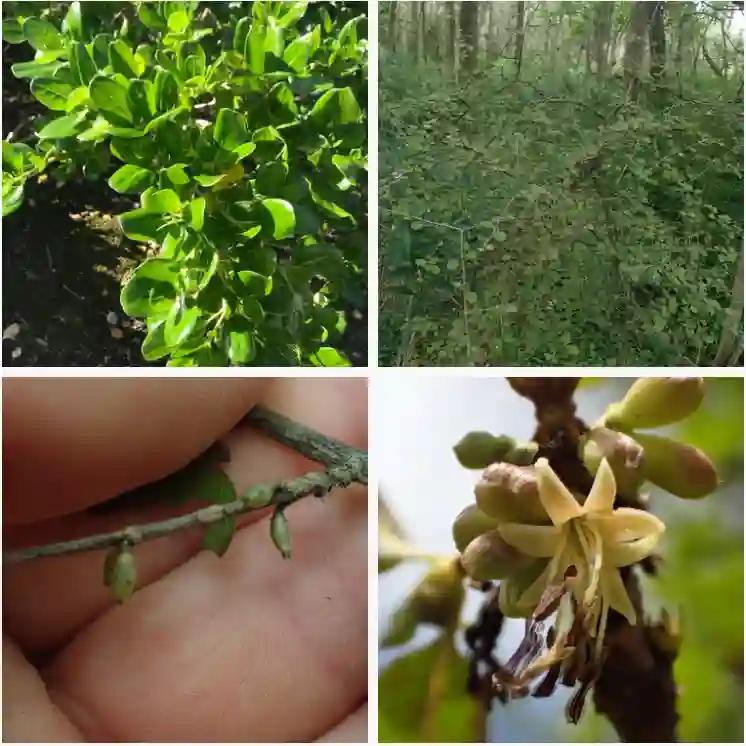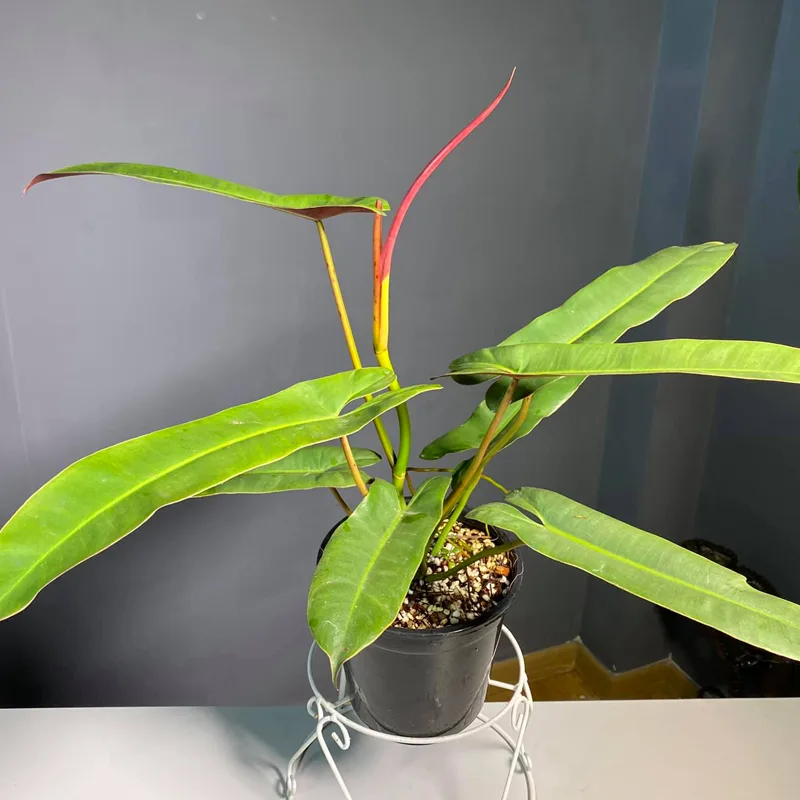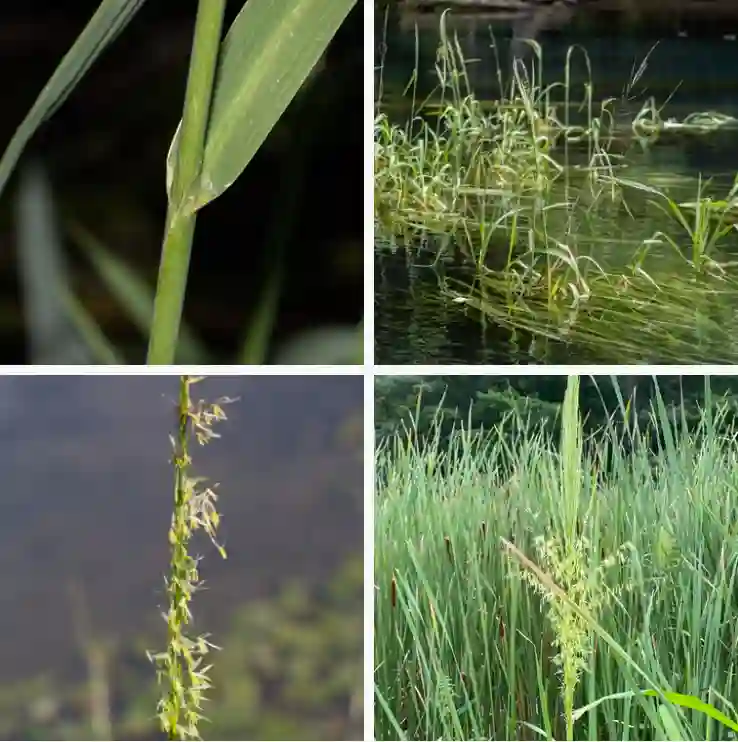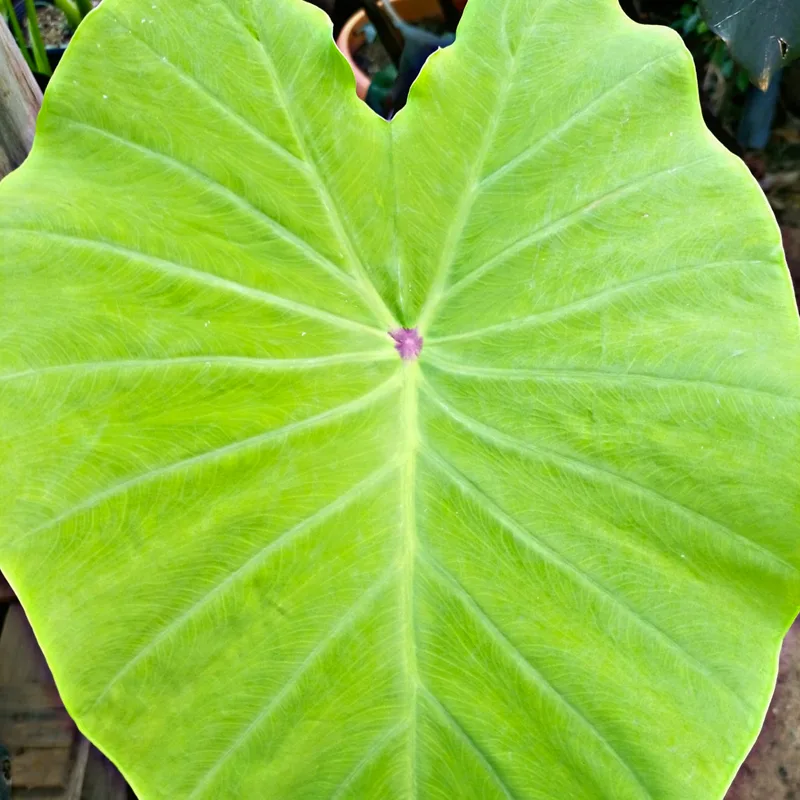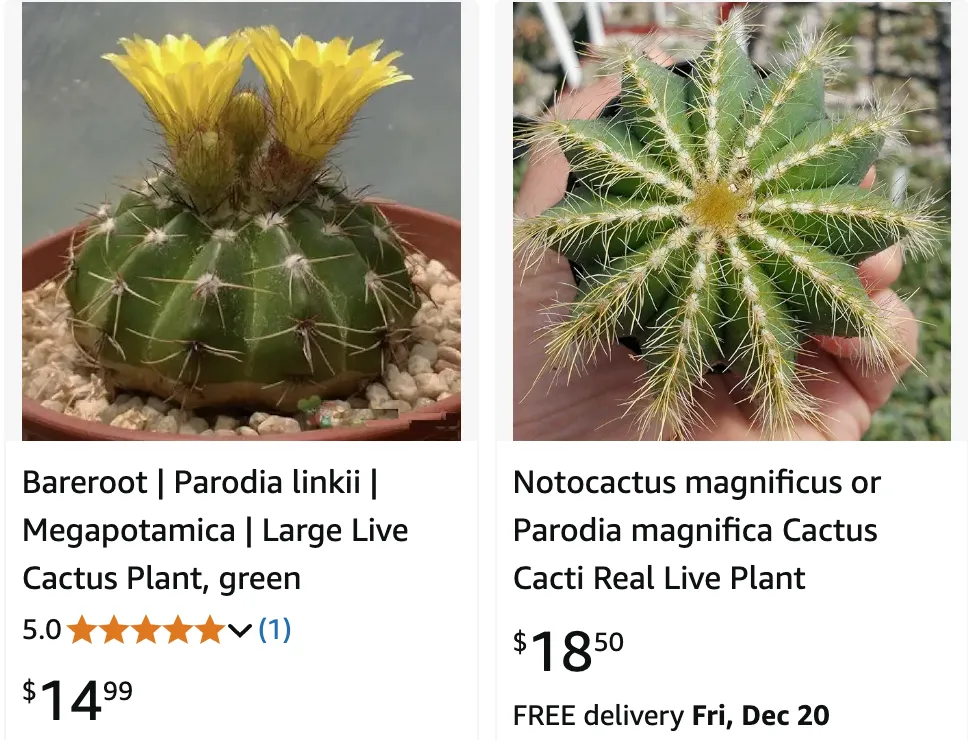
December 22 – Parodia
"Parodia, the cactus, represents December 22."
Parodia symbolizes strength and protection. Your tough exterior hides a gentle soul, and you are always ready to protect those you love. Like the cactus, you thrive in adversity, standing tall and resilient.
My Fascination with Parodia Cacti
As a plant enthusiast, I’ve always been drawn to the unique and diverse world of cacti. Among my favorites is the genus Parodia, a group of fascinating plants native to the highlands of South America. Their diverse forms, vibrant flowers, and manageable care requirements make them a captivating addition to any collection.
A Diverse Genus
The Parodia genus belong to the Cactaceae family, boasts a wide variety of shapes and sizes. Some species, like Parodia microsperma, are small and globular, while others, like Parodia leninghausii, grow into impressive columns. This diversity is part of what makes them so intriguing. You can find a Parodia to fit any space, from a sunny windowsill to a sprawling desert garden.
Striking Blooms
One of the most remarkable features of Parodia cacti is their flowers. These blooms, often appearing in clusters, come in a range of vibrant colors, including red, yellow, orange, and pink. Imagine a Parodia haselbergii covered in a crown of red flowers, or a Parodia magnifica with its cheerful yellow blooms. The sight is truly spectacular.
Easy Companions
Despite their exotic appearance, Parodia cacti are relatively easy to care for, making them suitable even for novice gardeners. They thrive in well-draining soil and prefer bright, indirect light. Watering should be done sparingly, allowing the soil to dry out completely between waterings. With the right care, these resilient plants can thrive for many years, rewarding you with their unique beauty and stunning floral displays.
A Closer Look at Parodia Species
The Parodia genus encompasses a vast array of species, each with its own unique characteristics:
- Parodia leninghausii: This columnar cactus, also known as the Lemon Ball cactus, can reach heights of up to three feet. It features golden spines and produces yellow flowers. Plant FAQs: Parodia Leninghausii – Golden Ball Cactus
- Parodia magnifica: Also known as the Ball cactus, this species is globular in shape and has distinct ribs lined with golden spines. It produces large, yellow flowers. Plant FAQs: Parodia Magnifica – The Ball Cactus
- Parodia haselbergii: This small, globular cactus is covered in white spines and produces vibrant red flowers.
- Parodia microsperma: This species is known for its variable flower color, which can range from red and orange to yellow.
- Parodia ottonis: This popular species is relatively small and features yellow spines and yellow flowers.
- Parodia penicillata: This cactus has a unique appearance, with long, white spines that resemble a paintbrush. It produces red or orange flowers.
- Parodia scopa: This species is covered in white, hair-like spines and produces yellow flowers.
- Parodia warasii: This cactus has a distinctive blue-green stem and produces large, yellow flowers.
- Parodia alacriportana Backeb. & Voll
- Parodia allosiphon (Marchesi) N.P.Taylor
- Parodia aureicentra Backeb.
- Parodia ayopayana Cárdenas
- Parodia buiningii (Buxb.) N.P.Taylor Plant FAQs: Parodia Buiningii
- Parodia calvescens (N.Gerloff & A.D.Nilson) Anceschi & Magli
- Parodia carambeiensis (Buining & Brederoo) Hofacker
- Parodia chrysacanthion (K.Schum.) Backeb.
- Parodia claviceps (F.Ritter) F.H.Brandt
- Parodia columnaris Cárdenas
- Parodia comarapana Cárdenas
- Parodia commutans F.Ritter
- Parodia concinna (Monv.) N.P.Taylor
- Parodia crassigibba (F.Ritter) N.P.Taylor
- Parodia curvispina (F.Ritter) D.R.Hunt
- Parodia diersiana Jucker
- Parodia erinaceus (Haw.) N.P.Taylor
- Parodia × erubescens (Osten) D.R.Hunt
- Parodia formosa F.Ritter
- Parodia fraileoides M.Lowry & J.Arnold
- Parodia fusca (F.Ritter) Hofacker & P.J.Braun
- Parodia gaucha M.Machado & Larocca
- Parodia gibbulosoides F.H.Brandt
- Parodia gladiata (V.Gapon & Ponomareva) M.H.J.van der Meer
- Parodia hausteiniana Rausch
- Parodia hegeri Diers, Krahn & Beckert
- Parodia herteri (Werderm.) N.P.Taylor
- Parodia hofackeriana A.S.Oliveira & R.Pontes
- Parodia horrida F.H.Brandt
- Parodia horstii (F.Ritter) N.P.Taylor
- Parodia ibicuiensis (Prestlé) Anceschi & Magli
- Parodia juckeri Diers
- Parodia langsdorfii (Lehm.) D.R.Hunt
- Parodia larapuntensis Diers & Jucker
- Parodia lenninghausii (F.Haage) F.H.Brandt ex Eggli & Hofacker
- Parodia linkii (Lehm.) R.Kiesling
- Parodia maassii (Heese) A.Berger
- Parodia mairanana Cárdenas
- Parodia mammulosa (Lem.) N.P.Taylor
- Parodia mueller-melchersii (Frič ex Backeb.) N.P.Taylor
- Parodia muricata (Link & Otto ex Pfeiff.) Hofacker
- Parodia neoarechavaletae (Havlíček) D.R.Hunt
- Parodia neobuenekeri (F.Ritter) Anceschi & Magli
- Parodia neohorstii N.P.Taylor
- Parodia nigrispina (K.Schum.) F.H.Brandt
- Parodia nivosa Backeb.
- Parodia nothorauschii D.R.Hunt
- Parodia ocampoi Cárdenas
- Parodia otaviana Cárdenas
- Parodia oxycostata (Buining & Brederoo) Hofacker
- Parodia prestoensis F.H.Brandt
- Parodia procera F.Ritter
- Parodia rechensis (Buining) F.H.Brandt
- Parodia ritteri Buining
- Parodia ritteriana (Lisal & Kolařík) A.S.Oliveira & R.Pontes
- Parodia roseolutea (Vliet) Hofacker, A.S.Oliveira & R.Pontes
- Parodia schumanniana (Nicolai) F.H.Brandt
- Parodia schwebsiana (Werderm.) Backeb.
- Parodia stockingeri (Prestlé) Hofacker & P.J.Braun
- Parodia stuemeri (Werderm.) Backeb.
- Parodia subterranea F.Ritter
- Parodia taratensis Cárdenas
- Parodia tenuicylindrica (F.Ritter) D.R.Hunt
- Parodia tuberculata Cárdenas
- Parodia unguiculata Diers
- Parodia werdermanniana (Herter) N.P.Taylor
My Personal Connection
My own journey with Parodia began with a single Parodia leninghausii cutting. I was immediately captivated by its unique form and the promise of its golden blooms. Over time, my fascination grew, leading me to cultivate a diverse collection of Parodia species. Each new addition brings me joy and a deeper appreciation for the intricate beauty of these desert-dwelling plants.
I encourage anyone with an interest in cacti to explore the wonderful world of Parodia. Their unique beauty, ease of care, and diverse forms make them a rewarding addition to any plant collection. Whether you’re a seasoned gardener or just starting out, Parodia cacti offer a fascinating glimpse into the remarkable world of succulents.
If i die, water my plants!
